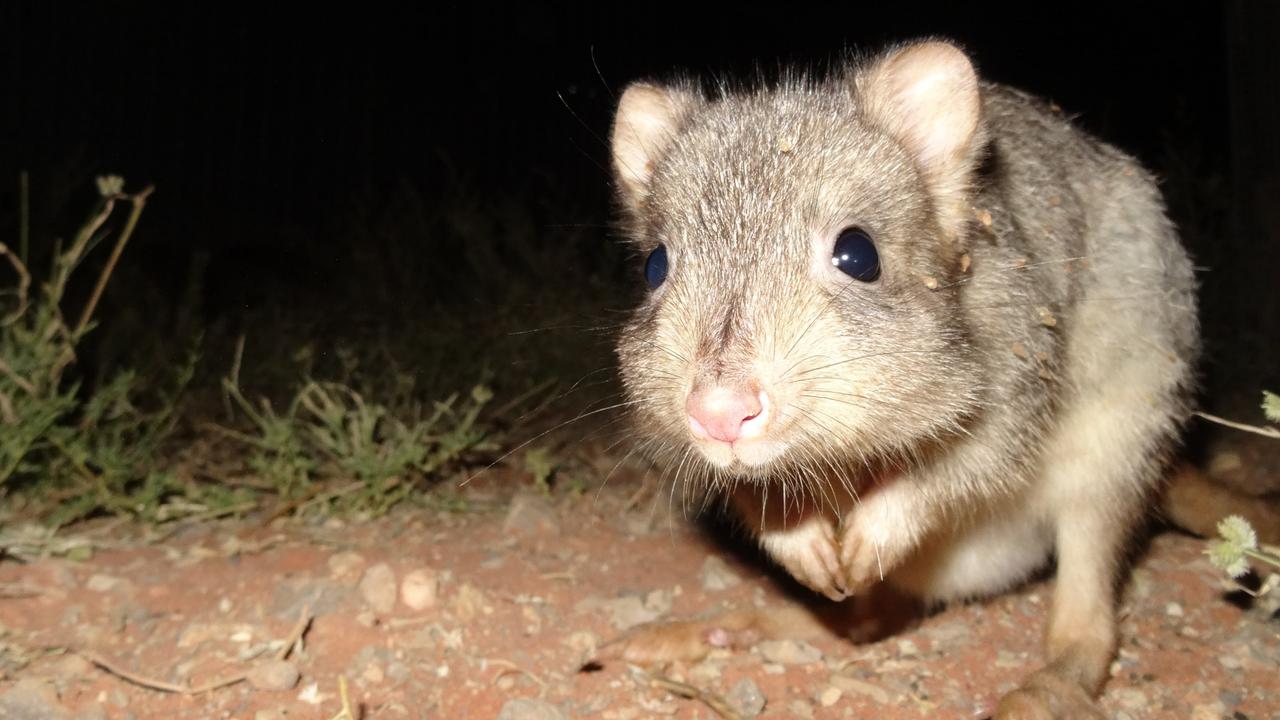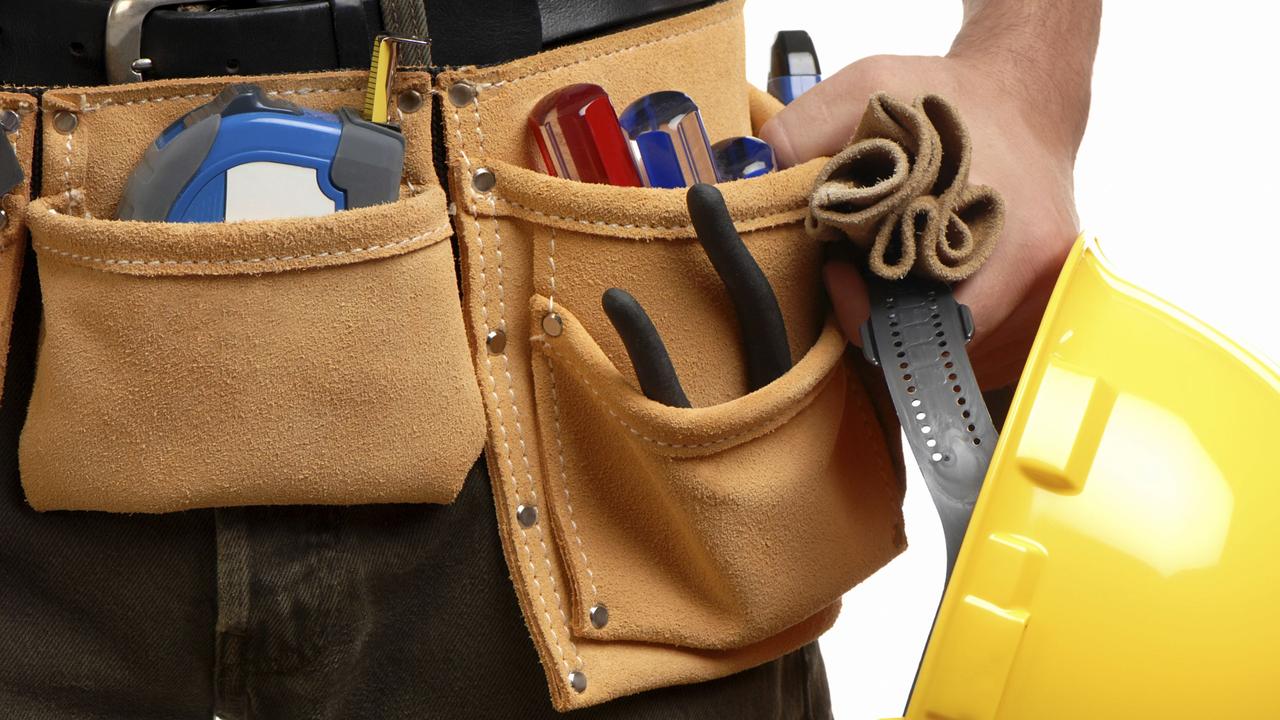French company DCNS tells Premier Jay Weatherill it will need hundreds more workers than expected to build Future Submarines in Adelaide
HUNDREDS more jobs than the 2900 originally promised by French submarine builder DCNS are expected to be created in Adelaide as the company moves swiftly to set up a local design base.
SA News
Don't miss out on the headlines from SA News. Followed categories will be added to My News.
- CHANGE OF TUNE: Axed defence minister backpaddles on canoe sledge
- MADE IN SA: Subs to be built by French firm in Adelaide
- SOUR GRAPES: Sydney harbours grudge over SA’s subs success
- BRIGHTER FUTURE: Subs help save state from economic disaster
- DAVID PENBERTHY: Lazy scribes should look closely at subs deal
HUNDREDS more jobs than the 2900 originally promised by French submarine builder DCNS are expected to be created in Adelaide as the company moves swiftly to set up a local design base.
Premier Jay Weatherill has met in Paris with executives from the company which on Monday won the $50 billion contract to build Australia’s future sub fleet in Adelaide.
Mr Weatherill said the initial jobs estimate included in the company’s advertising pitch was based on the assumption it would be required to build eight subs, not the dozen demanded when the long-delayed Defence White Paper was released by the Federal Government earlier this year.
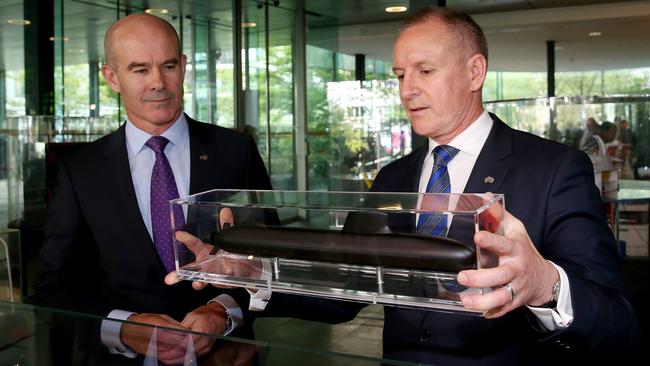
The company will now rapidly move to establish an Adelaide headquarters, he said.
“We were able to learn today that the estimate of 2900 jobs is a very conservative estimate,” Mr Weatherill told reporters.
“(It) was premised on eight submarines, not on the 12 which in fact have been awarded. So, there’ll be many more hundreds of jobs than the jobs that have been identified.
“They’ve not yet been able to calibrate what that means for the 12 submarines. It depends to some degree on the way in which the Commonwealth seeks to engage with them.
“Ultimately, the model that is being constructed here by DCNS is to have essentially what they have created here in France, transposed into South Australia.”
Mr Weatherill said that would include construction activity at the Port Adelaide’s Techport facility, where the State Government has previously paid for upgrades to shift lifts and other infrastructure.
It is considering further upgrades to handle naval projects.
“That is massive news for us, a massive multinational company shifting its operations to SA and using that as a base to grow throughout the Asia Pacific region,” Mr Weatherill said.
“This is the most sophisticated procurement project that has been on offer anywhere in the world.
“By the conclusion of this project, Australia needs to have the capability to build submarines of its own from scratch with the skills and capabilities that have been transferred from France.”
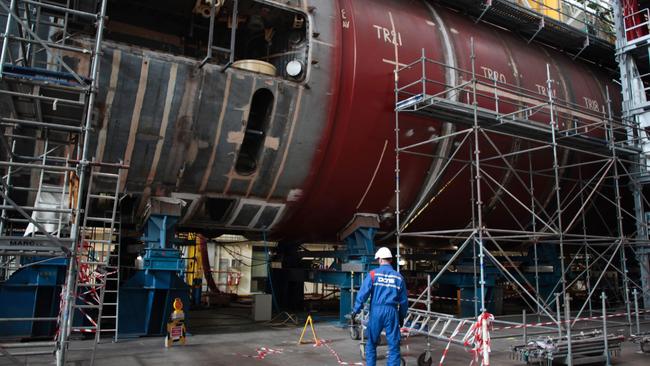
France is currently captivated by the news it has secured a lucrative long-term contract to build Australian subs, which has been described in Paris media as a marriage between the two nations.
French President Francois Hollande has spent the last three days talking up the nation’s rapidly growing defence export sector, including a visit to the DCNS site Mr Weatherill toured.
In a speech to defence giant Thales, Mr Hollande said Australia’s decision to select French-designed subs was a sign that his country was achieving “excellence in the world”.
“We must be able to show the strength of our country, show we can be the best,” he said.
Mr Weatherill said his more than hour-long meeting at DCNS’ Paris headquarters, which included the French ambassador to Australia, was the start of a relationship which would span for decades.
At the end of his first day in France, Mr Weatherill was hosted at an exclusive dinner with DCNS executives while preparing to visit the company’s Cherbourg shipyards in the northwest.
The small town has built more than 100 submarines in the past century and has just finished assembling the nuclear-powered Barracuda sub which will be the template for Australia’s new submarines.
The most significant and technically complex change will be installing diesel power.
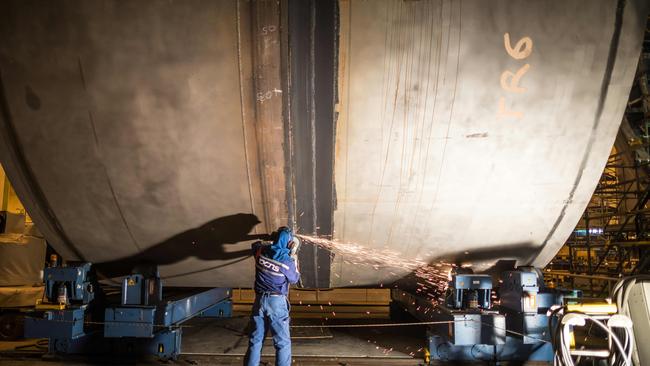
Mr Weatherill defended his trip against Opposition claims it was nothing more than a photo opportunity, saying it was critical to seize the state’s current momentum in defence.
“It’s all about taking the opportunity to demonstrate to DCNS our eagerness and enthusiasm to be involved in this project and for us to understand all of the things that we need to do as an SA Government to assist DCNS to hit the road running,” he said. “I’m here, representing my state’s interests, making sure we wring every single job possible out of this contract.”
Mr Weatherill said that may include tasking the state’s $15 million Investment Attraction Agency, led by Adelaide Crows chairman Rob Chapman, with luring European companies experienced in the defence sector to Adelaide to build up a submarine supply chain and even more local jobs.
Mr Weatherill said he remained in discussions about maximising the use of Whyalla steel, but many of the key decisions sat with the Federal Government as it finalised contracts.
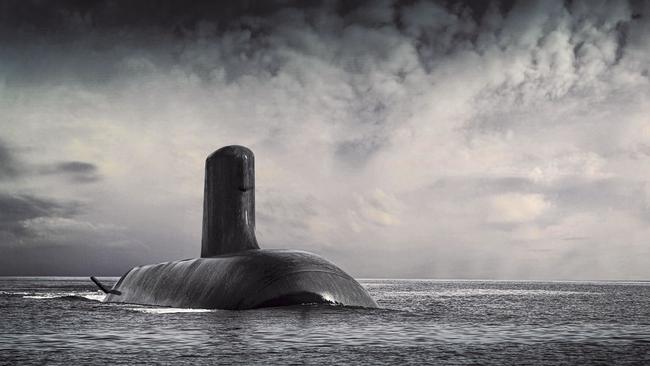
Defence SA chief executive Andy Keogh, a former Collins Class submarine commander, said a tour of the Cherbourg shipyards, due to finish early on Friday evening (Adelaide time), would give a clearer picture of the capability SA must rapidly build.
“What we’re going to see is really the industrial ecosystem DCNS has set up here in France,” he said.
“So what we’ll see is not just the submarine construction, but all the supporting industries that supports that. That will be the model in SA that we will see in the 10 to 15 years ahead.”
Business SA chief executive Nigel McBride has joined Mr Weatherill’s defence tour after first coming to Europe to visit nuclear industry sites as SA’s Royal Commission enters final deliberations.
En route to Cherbourg, he told The Advertiser that the State Government’s main role in defence now was to make sure companies were aware of the opportunities open to them.
“We’re very fortunate. We won the trifecta,” he said. “We got the offshore patrol vessels, we got the frigates and we got the subs. It now gives us a chance to create ongoing critical mass.”

